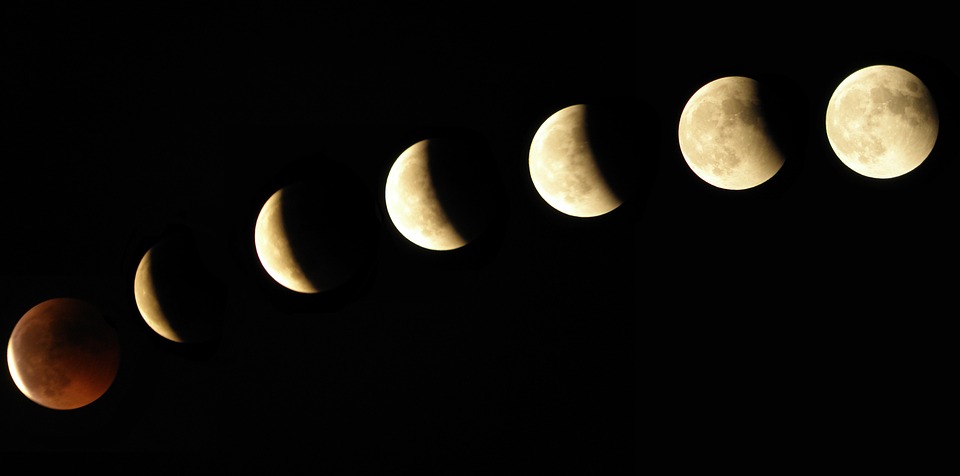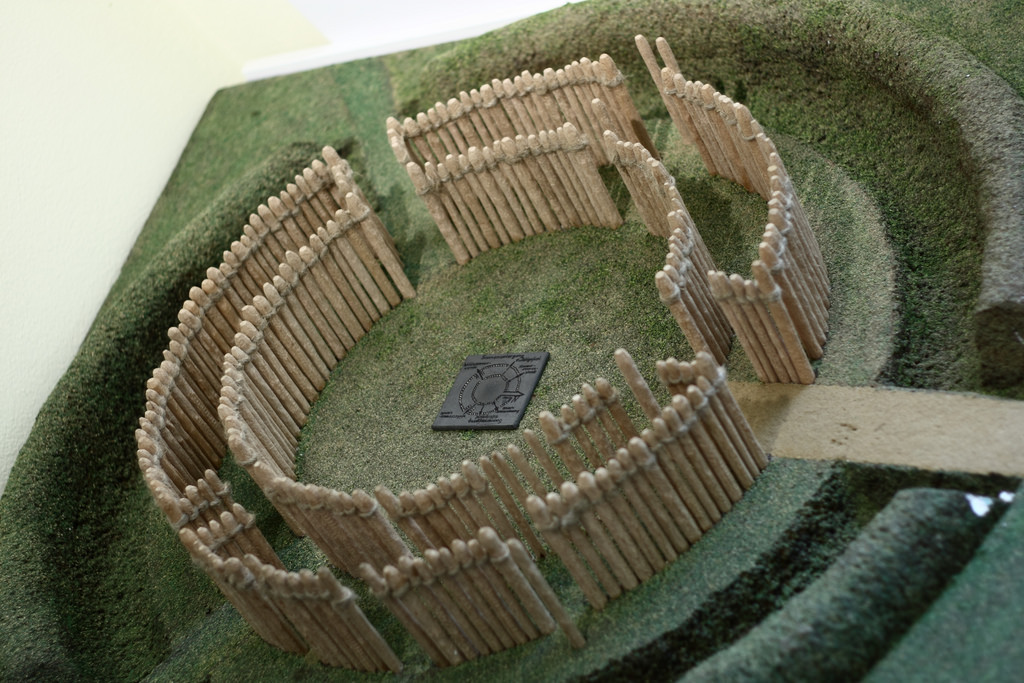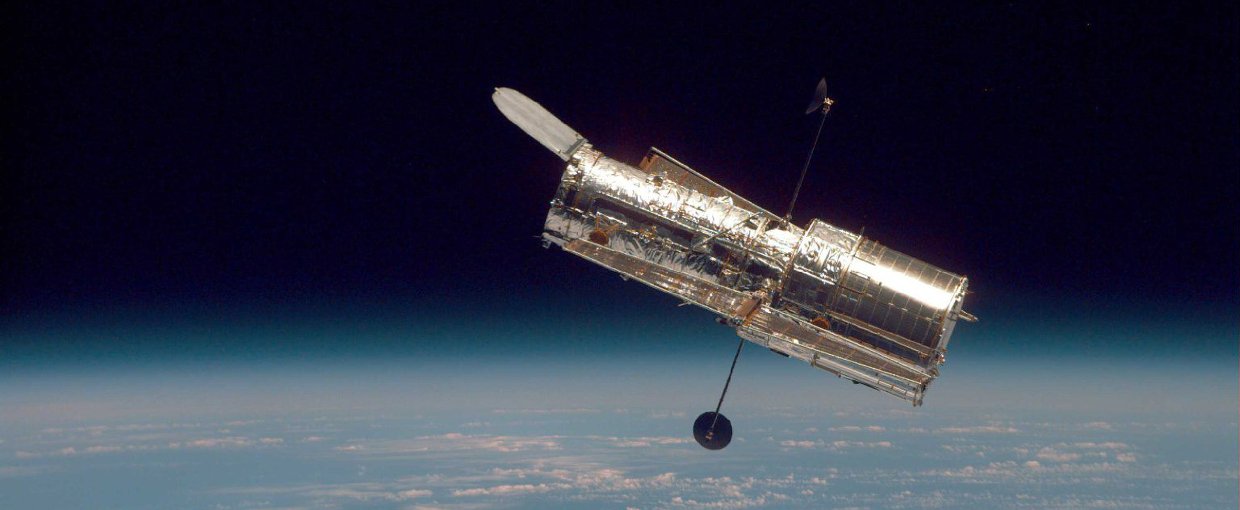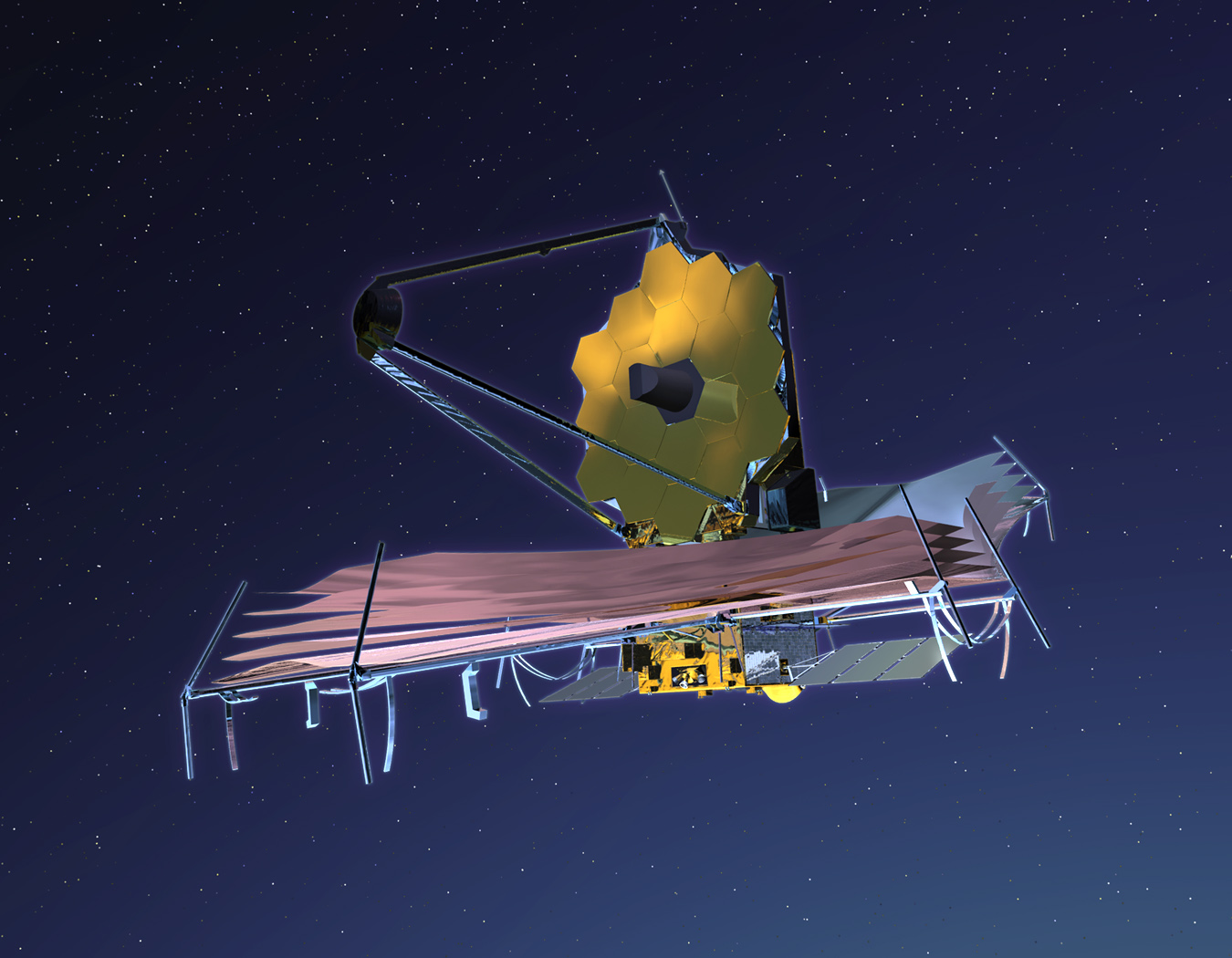Observe the universe
Technological Progress:
The stargazing in the prehistory:Paleontologists discovered vestiges which can prove that since the prehistory the man is interested in the cosmos. Paleontologists also found a bone on which were engraved the indications which form a lunar calendar, this bone is dated about 32 000 years. Scientists discovered dating frescoes about 17 000 years in the cave of Lascaux. These engravings would mark hunting seasons and with migrations according to the solstices.


Stonehenge is a megalithic structure situated in England dated about 4 000 years and classified in the UNESCO world heritage. Archaeologists found graves with incineration but also records of amber basalts, Spanish axes of fight, some Irish gold and the Mycenaean weapons. The archaeologists deducted from these vestiges that Stonehenge was a moving plate of the business during the age of bronze because some tin was also found on the site. Stonehenge would have also been a center of community meeting because archaeologists found 80 000 bones of animals restarted on the site of Stonehenge. At that time, when we took place in the middle of this megalithic circle, we could realize that the sun got up at the level of a menhir during the summer solstice and during the winter solstice. The summer solstice is when we see longer the sun of the year and the winter solstice is when we see least for a long time the sun of the year.

The will to understand the cosmos:
From now on a few centuries, the man does not anymore content with observing the space visibly but he wants to see him closer and he wants to observe farther.
The first telescope was created in 1586 by the Dutch optician Giambattista della Porta. In 1609, Galilee is inspired by its works and invents the glasses of Galilee allowing to get fat until thirty times, He conceived this glasses with a convergent lens situated on highly-rated clocked towards the sky which allows to gathe beams of light on the divergent lens which has for role to turn the image and put it in the right direction so that the eye perceives it right. This functionmarks down the glasses of Galilee of the astronomical telescope because the latter allowed to see the image only back to front. This glasses allowed in particular Galilee to discover satellites of Jupiter today named " Satellite Galileans" and to see the craters of the Moon. Galilee also conceived the second glasses which allows to observe the Sun without fear of fatal consequences for eyes: it is a hélioscope.

During the XVIIIth century, the astronomers conceive bigger and bigger telescopes to observe always farther in the space. The German astronomer William Herschel discovered the planet Uranus in 1871 with the telescope which was the biggest of the world until 1845.
During XXth century, the Americans decided to build the monitoring center of the Mount Wilson, this monitoring center is known to have been of use to the works of Edwin Hubble and Albert Einstein. The putting into service of the monitoring center of the Mount Palomar and its telescope of 5m in 1949 enormously helped the search. Today, it is the telescope Fast, in China, that holds the palm of the biggest mirror in service.

One of the last big technological innovations regarding spatial observation is the telescope Hubble. This telescope holds its name of the astronomer Edwin Hubble. Operational since 1990, the telescope Hubble, which is a telescope spatial developed by the NASA with a help of the European Space agency distinguishes itself thanks to its mirror of 2,4m from diameter which allows it to get images with a high resolution. Furthermore, the absence of the constraints bound to the ground atmosphere allows it to be more successful than the ground instruments in particular on the fact that he can, grace has imagers and spectroscopes of the wavelengths of the infrared and the lengthes of waves close to the ultraviolet ray. The telescope Hubble allowed to realize big astrophysical advances as for example the measure of the expansion of the universe.

However, this telescope almost was not born! Indeed, its development began in the 1970s but money troubles, technical problems and the destruction of the space shuttle Challenger, 73 seconds after its launch, which caused the death of 7 astronauts, push away its completion until 1990. But, as a problem never arrives alone, a grave failure in the optical system was detected shortly after its launch, when the telescope reached its low orbit in 600km above the Earth. So, missions of maintenance were begun: one in 1993 to solve the problem of the optical system, and several others in 1997, 1999, 2002 and 2009 to make level the exceeded or obsolete instruments. The telescope Hubble must be functional until 2019 to be then replaced by the space telescope James-Webb, more successful than it predecessor.

Design And Developed by Themefisher Team. Copyright © 24h du net 2017.